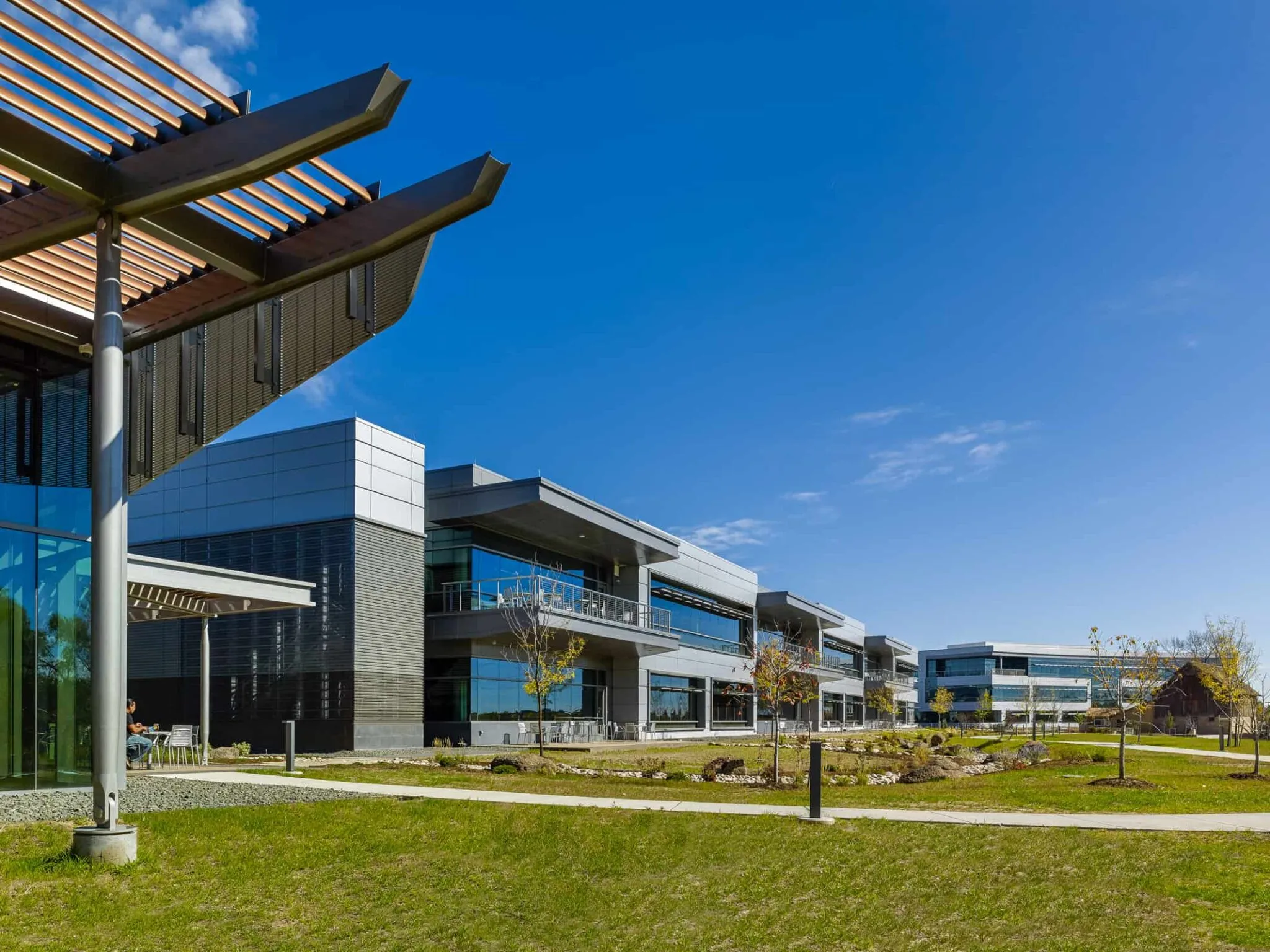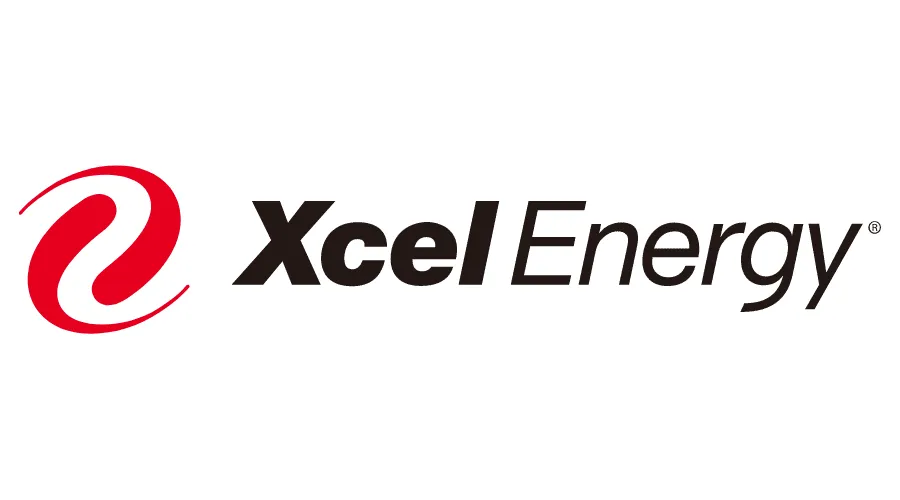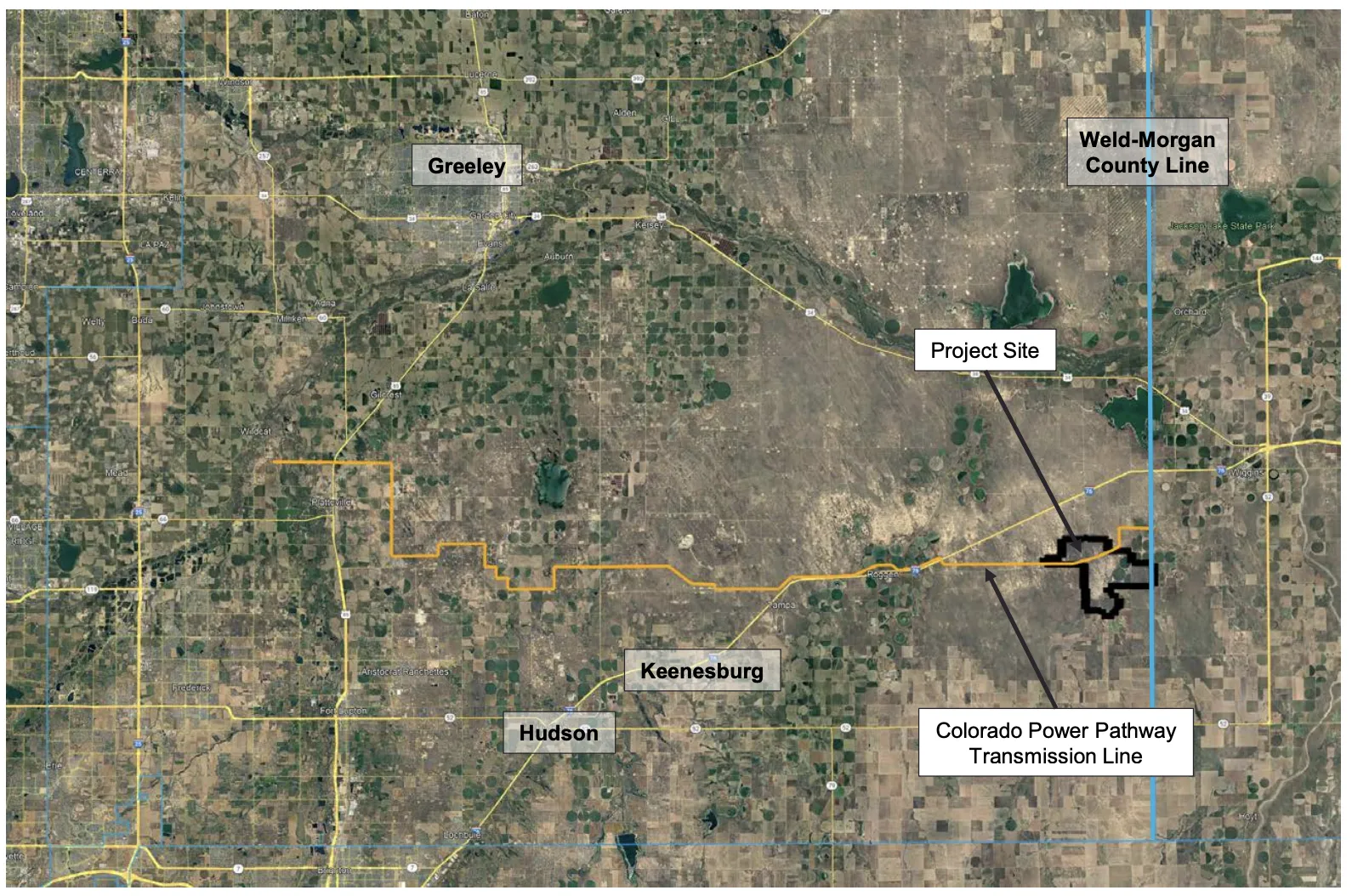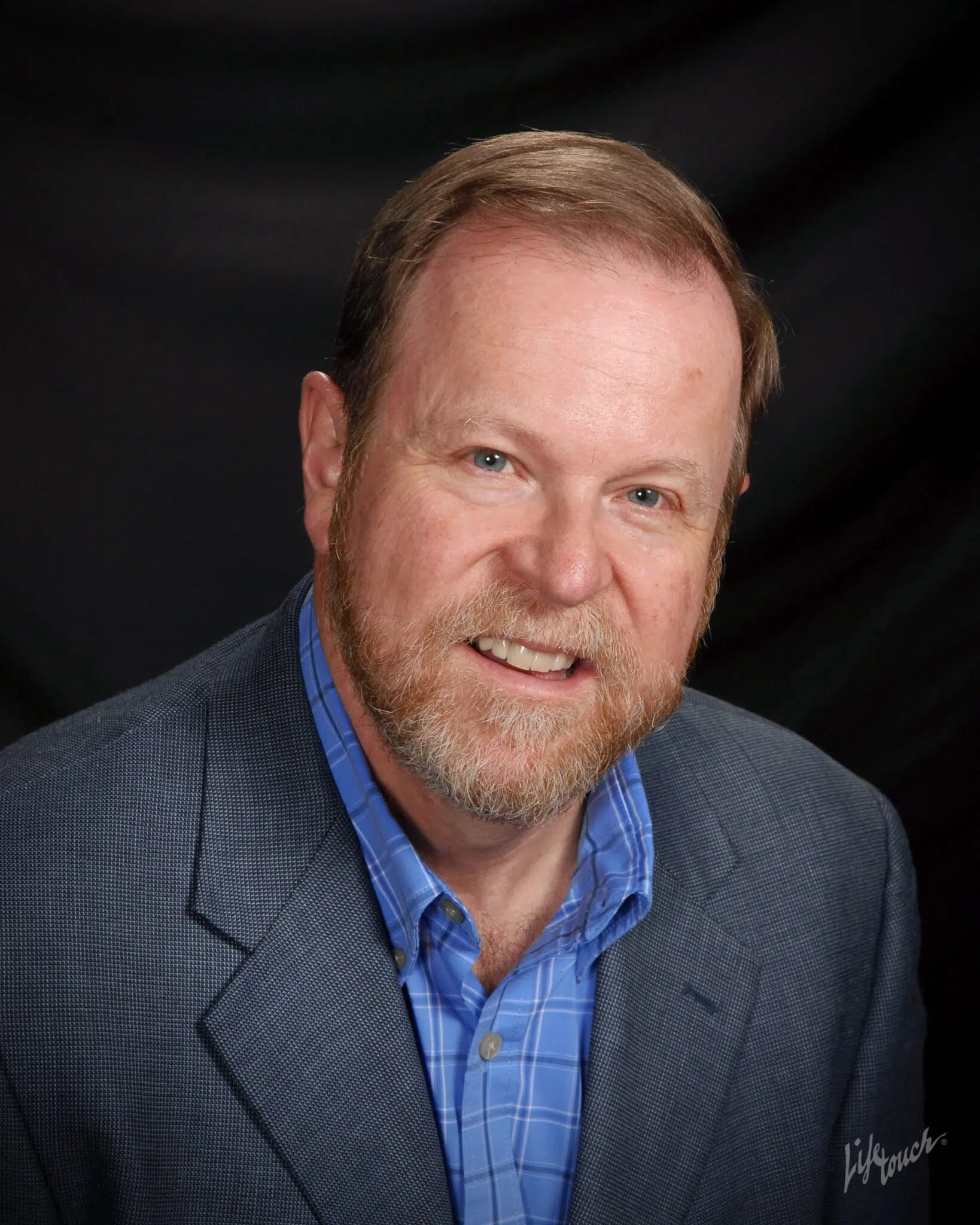PRPA to sell additional Windy Gap units as it pays for its share of reservoir construction costs

FORT COLLINS — In a few weeks, Platte River Power Authority hopes to have sold another five units of what it owns in the Windy Gap water project. The sale will provide cash to help PRPA pay its share of the construction costs of the Chimney Hollow Reservoir west of Berthoud, will help determine the current value of unfirmed Windy Gap units and place the electrical utility’s water portfolio on a footing that it expects to need once it eliminates coal-fired generation by 2029.
PRPA, a wholesale electric utility owned by the cities of Fort Collins, Loveland, Longmont and Estes Park,…
THIS ARTICLE IS FOR SUBSCRIBERS ONLY
Continue reading for less than $3 per week!
Get a month of award-winning local business news, trends and insights
Access award-winning content today!





